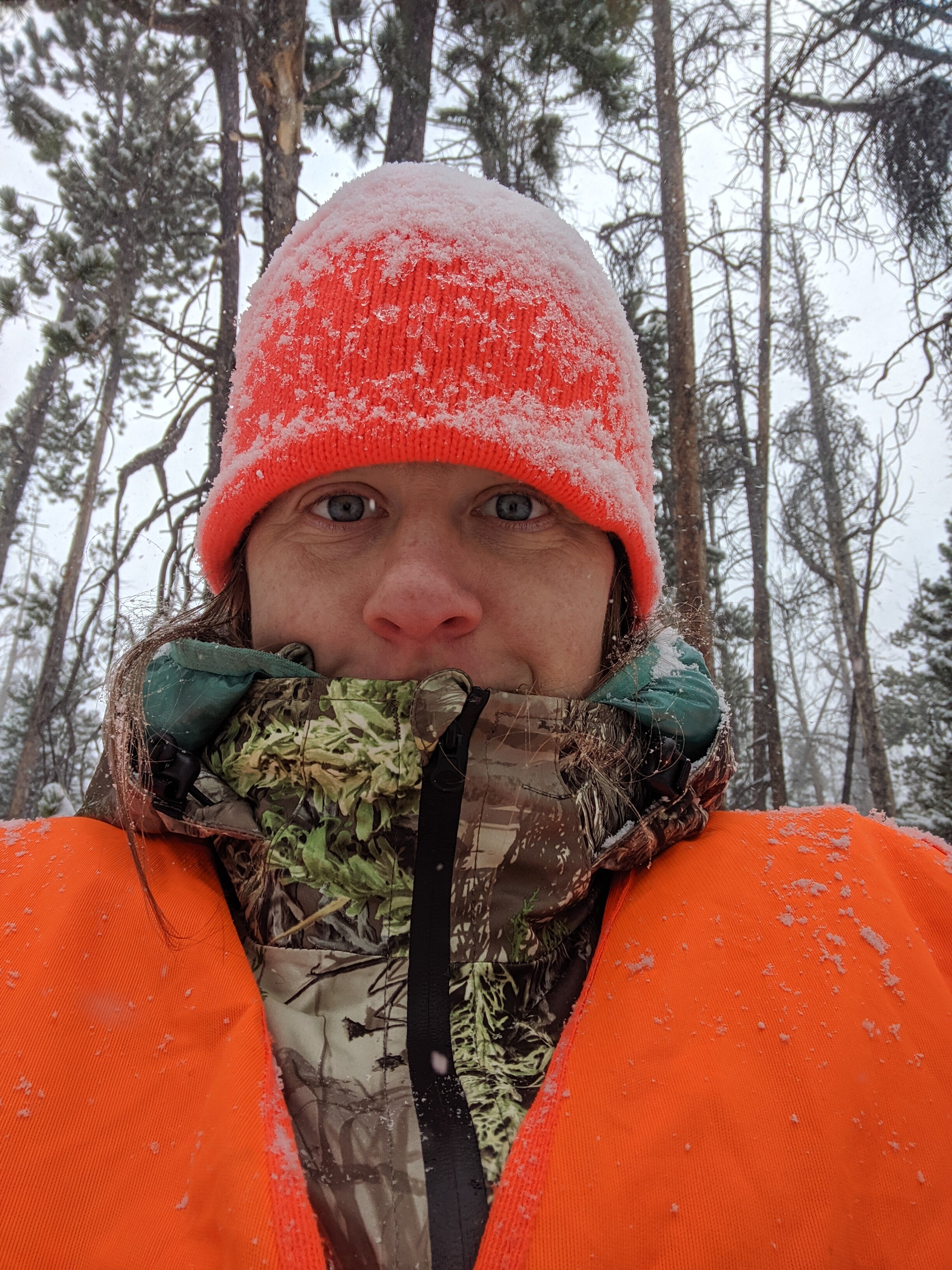I recently came upon this quote from the colorful writer Charles Bukowski: “An intellectual says a simple thing in a hard way. An artist says a hard thing in a simple way.”
I like this quote because it embodies its own message. It encapsulates an immense amount of complexity in two deceptively simple sentences.
And, if we’re doing our job well as graphic recorders, we can walk this edge of clarifying complexity without over simplifying. Through intentional mark making, considering the right questions, and deep listening, we help distill your hard work navigating the unknown future into what simply makes sense.
Once again, thank you from my heart and soul for your support, great senses of humor, brilliant minds, collaboration and what you're each doing to make the world a better place.
Cheers,
Where in the World is ConverSketch?
Wenatchee, Washington: Working with the US Forest Service sharing research and experience on the ground to better plan for risk mitigation for wildfires that cross management boundaries.
Sisseton Wahpeton Oyate Nation, South Dakota: Listening to stories and helping tribal leaders develop a shared vision and priorities for more effective grant-writing to improve their community.
Columbus, Ohio: Back with this awesome team for the second annual Cybersecurity Days capturing best practices, campus innovations, and life hacks for more security online. Here’s my capture of Jerod Brennan’s excellent talk on protecting our digital identities.
West of Fort Collins: Elk hunting for a few days. Unfortunately, we didn’t get one this year, but it never ceases to fill me with gratitude and awe for these animals and wild places. I appreciate that my clients understand when I disconnect, and thank you all for your patience with slower-than-usual response times over the past two weeks between hunting and graphic recording work!







